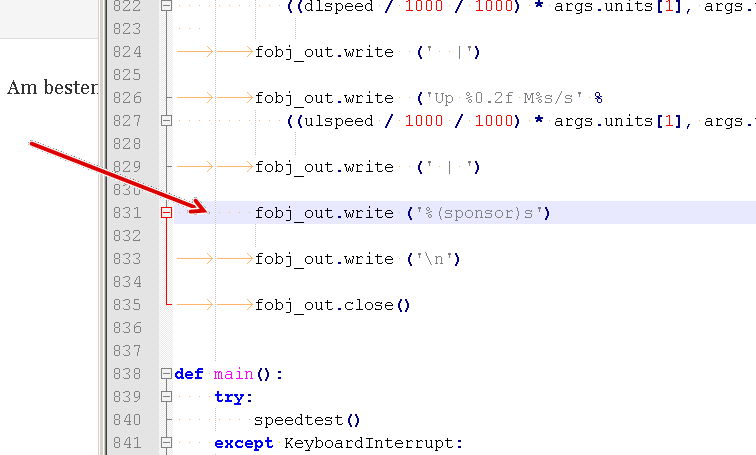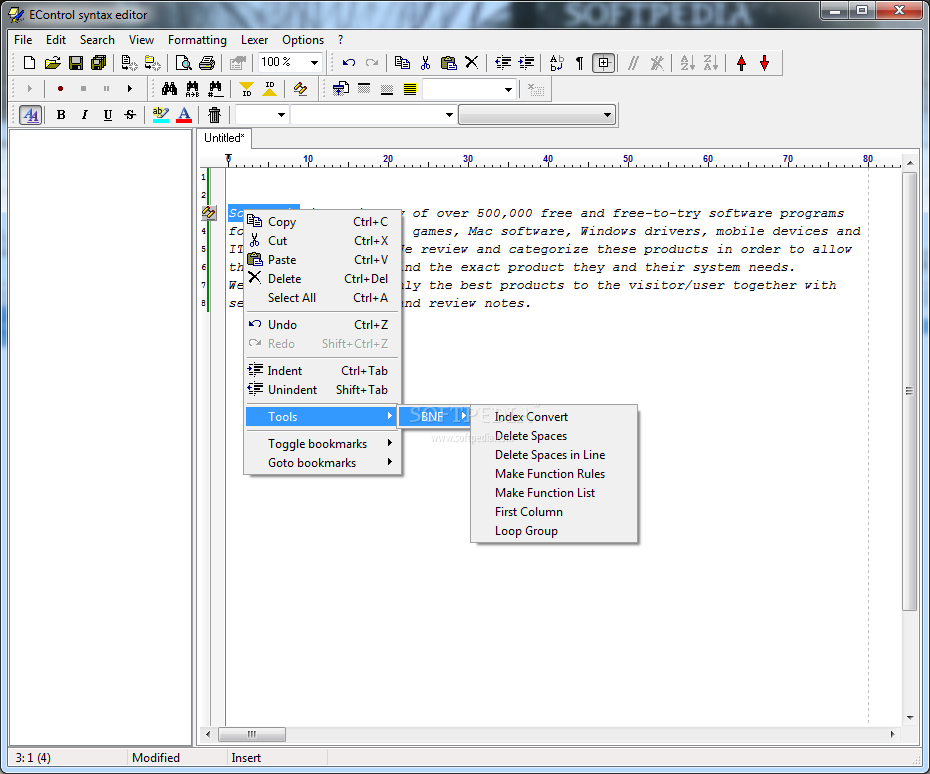

We can now edit this file with Notepad++, which is much nicer than SPSS’ syntax editor. Or wherever our site-packages folder is located. py extension that we'll place inĬ:\Program Files\IBM\SPSS Statistics\Python3\Lib\site-packages The next step is moving our function into a Python file: a plain text file with the. You can now use these for all projects you'll work on during your SPSS session. Running this file just once (preferably with INSERT) defines all of your Python functions. Like so, you can develop a single SPSS syntax file containing several such functions. Note that we first define a Python function and then run it. def lowerCaseVars(): import spss,spssaux oldNames = spssaux.GetVariableNamesList() newNames = spss.Submit("RENAME VARIABLES (%s = %s)."%(' '.join(oldNames),' '.join(newNames))) end program. *Define lowerCaseVars as Python function.

data list free/V1 V2 v3 v4 EDUC gender SAlaRY. Note that this Python block simply lowercases all variable names, regardless what or how many they are. Try and copy-paste-run the entire syntax below. Enclose all lines of Python between BEGIN PROGRAM PYTHON3. Well, the simplest way to go is to run Python from an SPSS syntax window. So if you've SPSS with the Python essentials properly installed, what's next? In this case, you'll need to (re)install a recent SPSS version.

Your best option is to upgrade to SPSS version 24 or (preferably) higher if you only see an active Python 2 location, then you can only use Python 2, which is no longer supported.if you see an active Python 3 location here, you're good to go.In which you'll probably find some Python location(s) as shown below. For recent SPSS versions, the Python essentials are installed by default. These components are collectively known as the SPSS Python essentials. the SPSS-Python plugin files installed on your computer.Python for SPSS – How to Use It? report this ad By Ruben Geert van den Berg under SPSS Python Basicsįirst off, using Python in SPSS always requires that you have


 0 kommentar(er)
0 kommentar(er)
